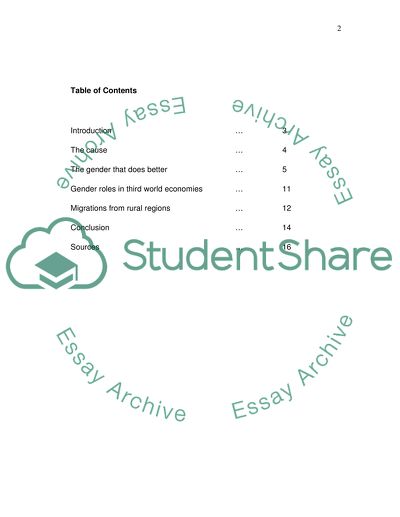Cite this document
(“Gender Relations Essay Example | Topics and Well Written Essays - 3000 words”, n.d.)
Retrieved from https://studentshare.org/miscellaneous/1531094-gender-relations
Retrieved from https://studentshare.org/miscellaneous/1531094-gender-relations
(Gender Relations Essay Example | Topics and Well Written Essays - 3000 Words)
https://studentshare.org/miscellaneous/1531094-gender-relations.
https://studentshare.org/miscellaneous/1531094-gender-relations.
“Gender Relations Essay Example | Topics and Well Written Essays - 3000 Words”, n.d. https://studentshare.org/miscellaneous/1531094-gender-relations.


